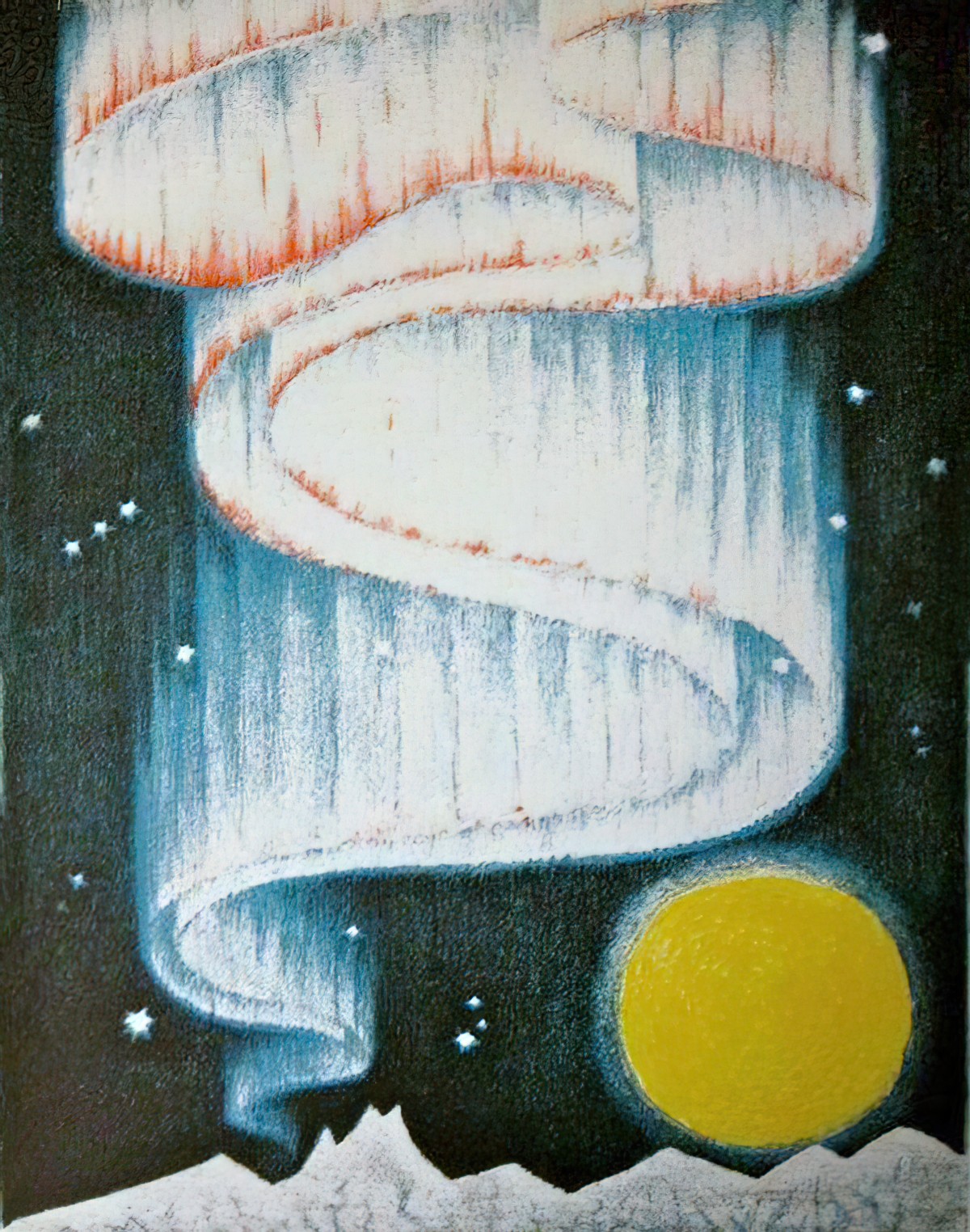Aurora are works of art in their own right. Of course artists have been reproducing aurora in paintings and illustration since it was possible. Below are some examples of aurora in art, including various media. It’s interesting to see how the aurora can even be reproduced using woodcut.
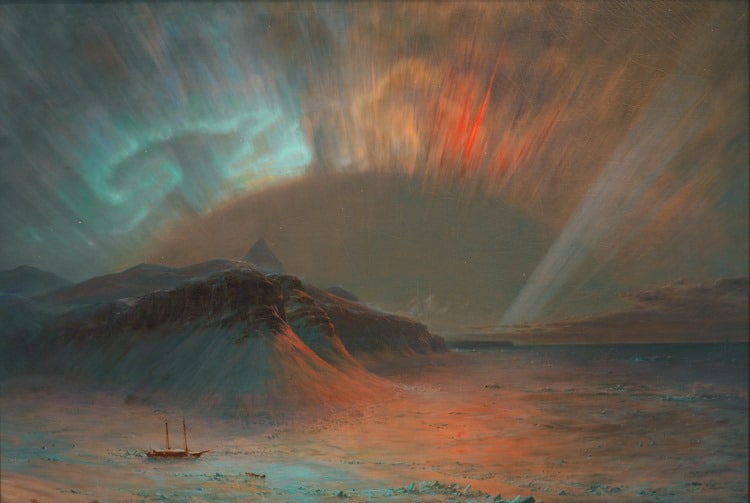
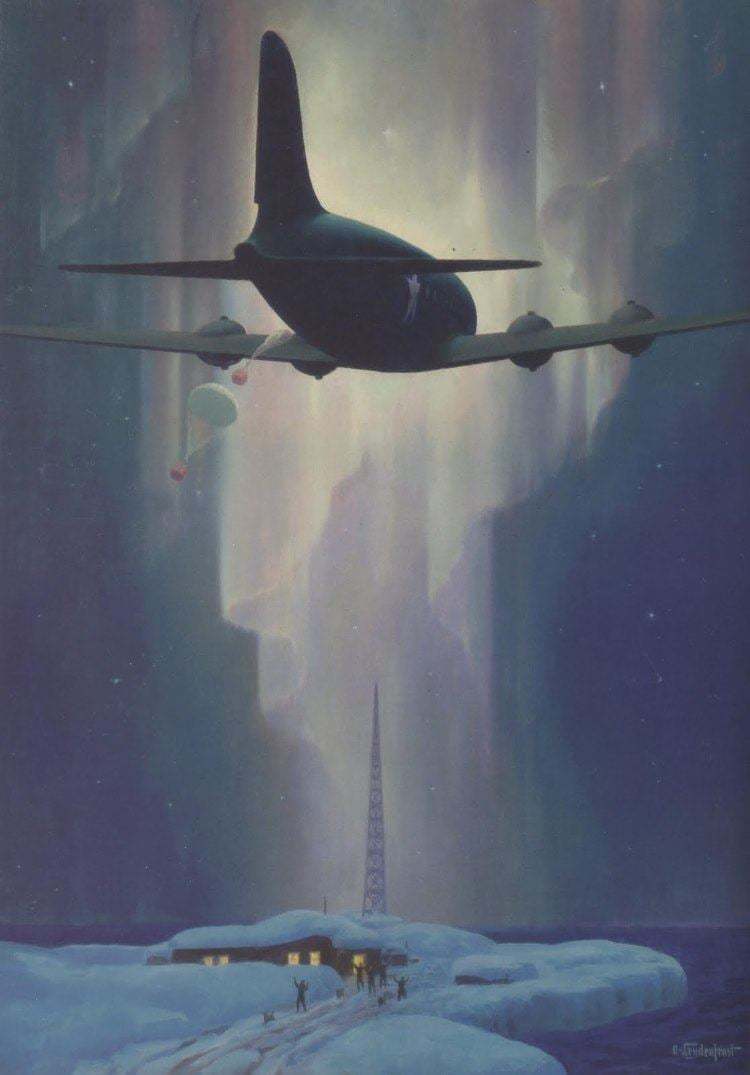
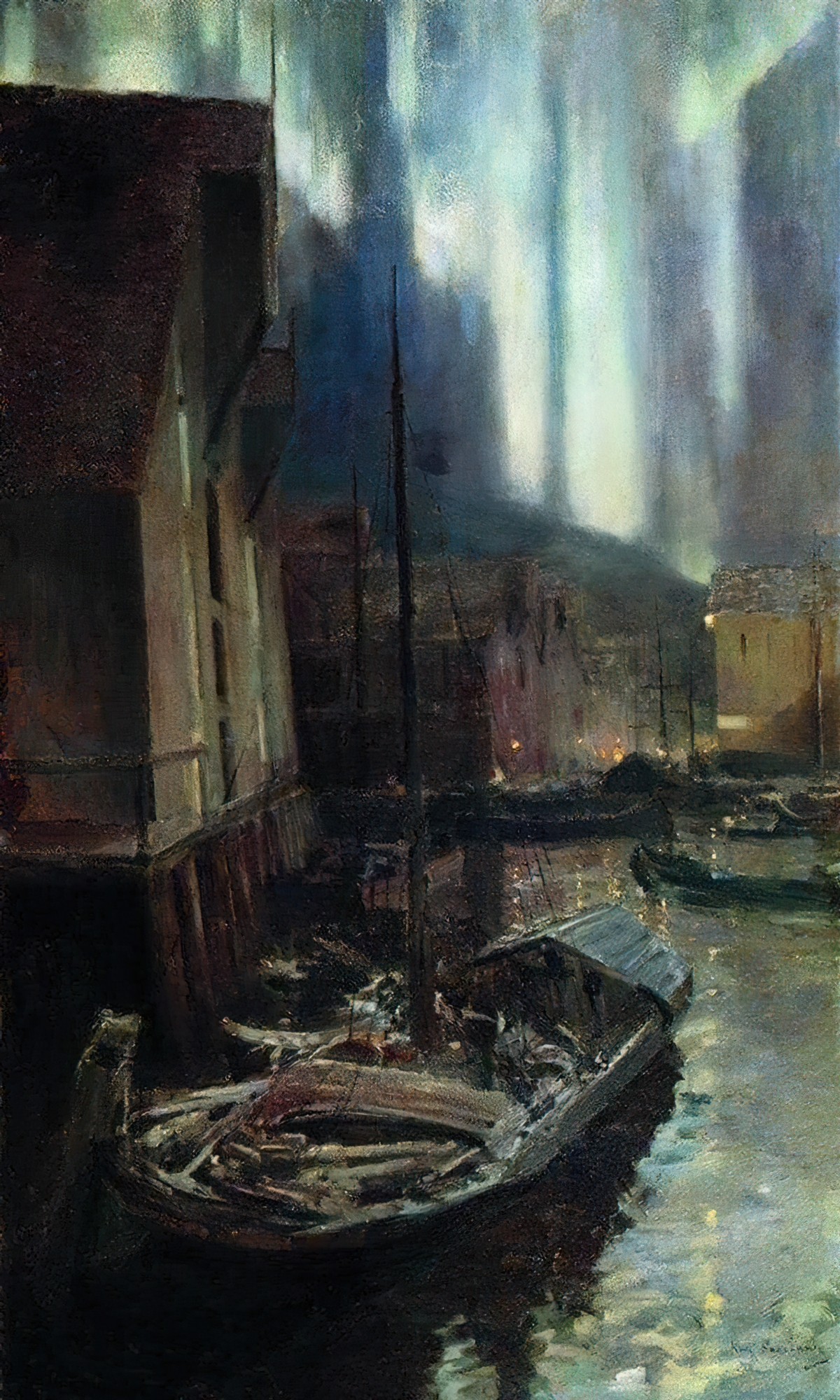
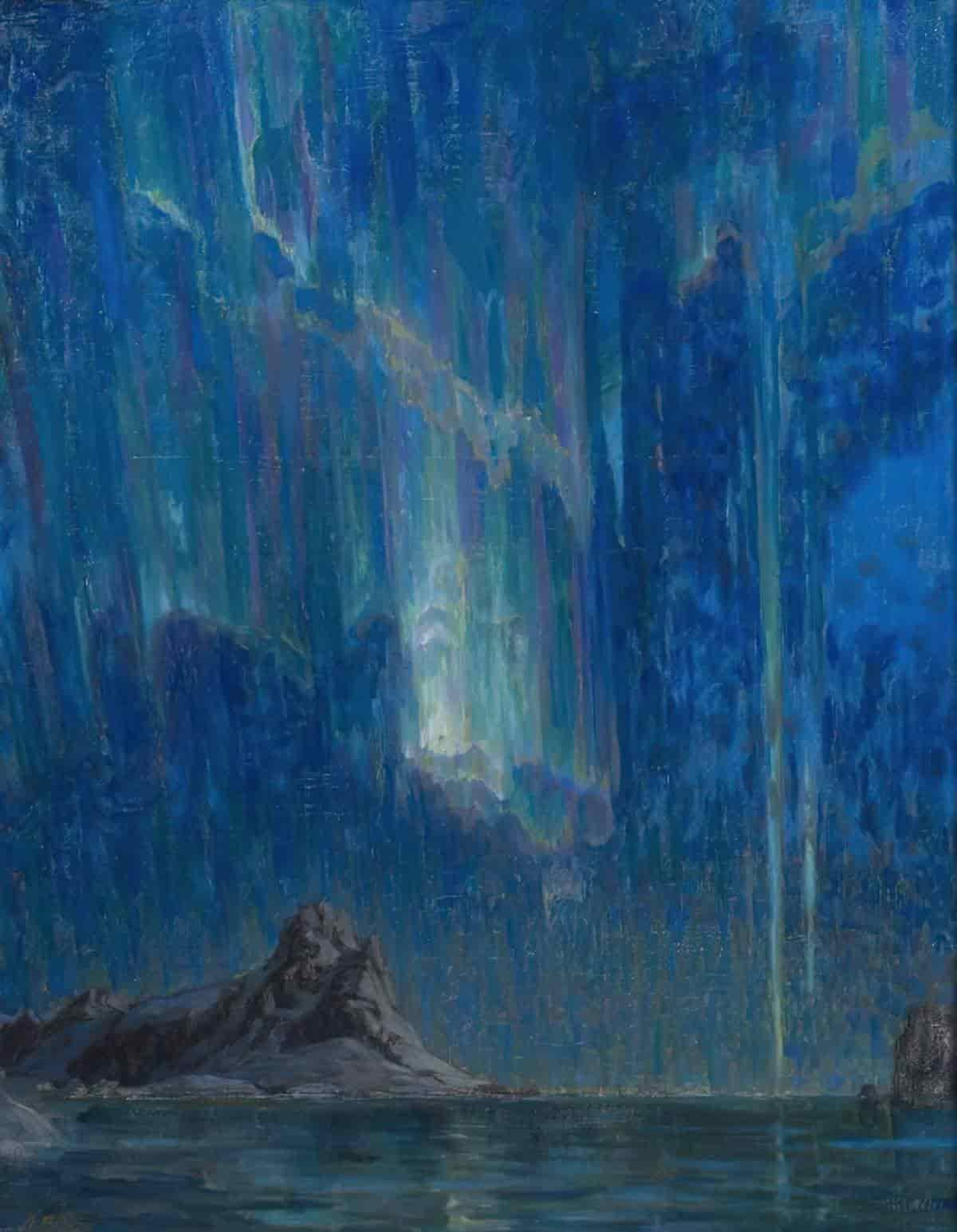
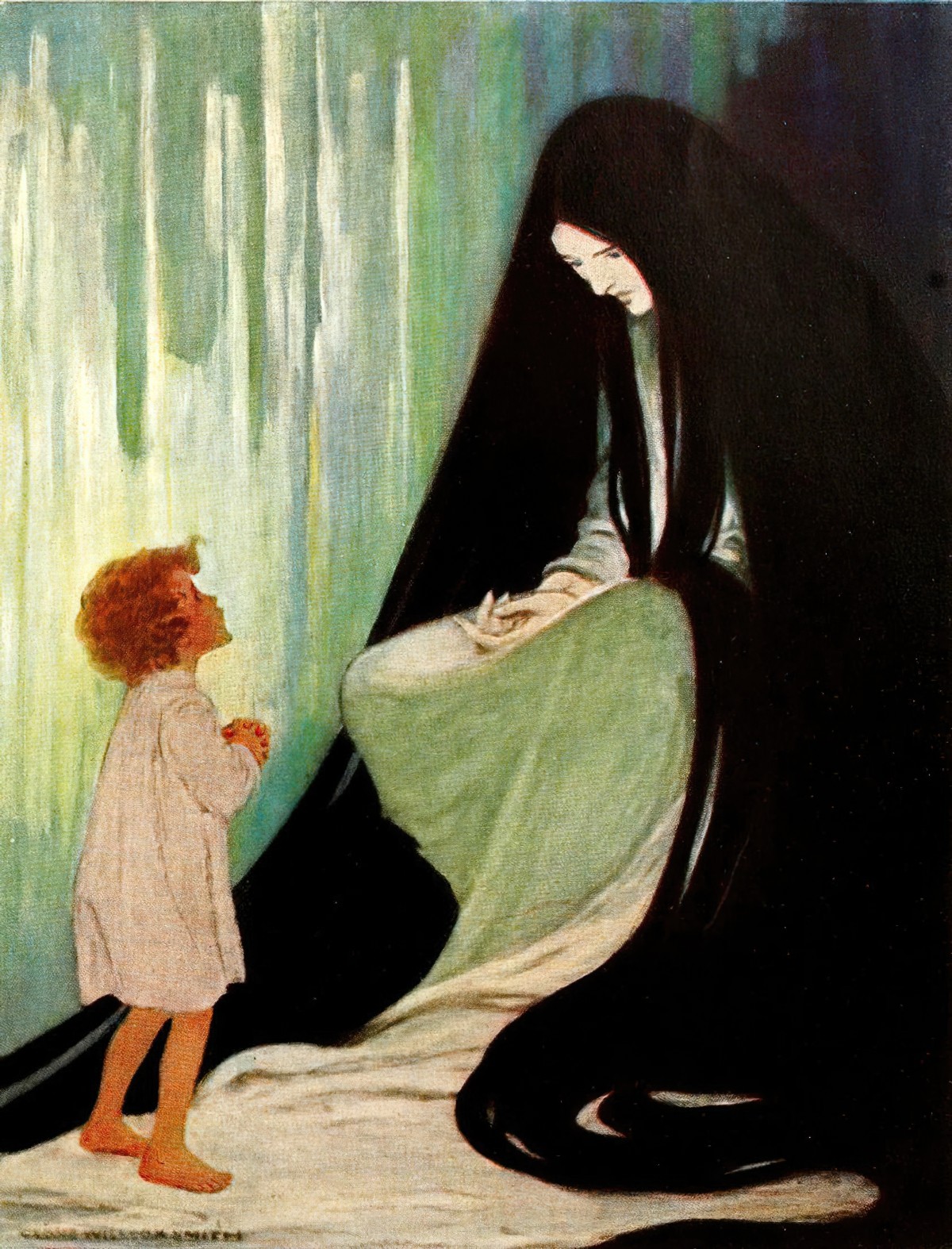
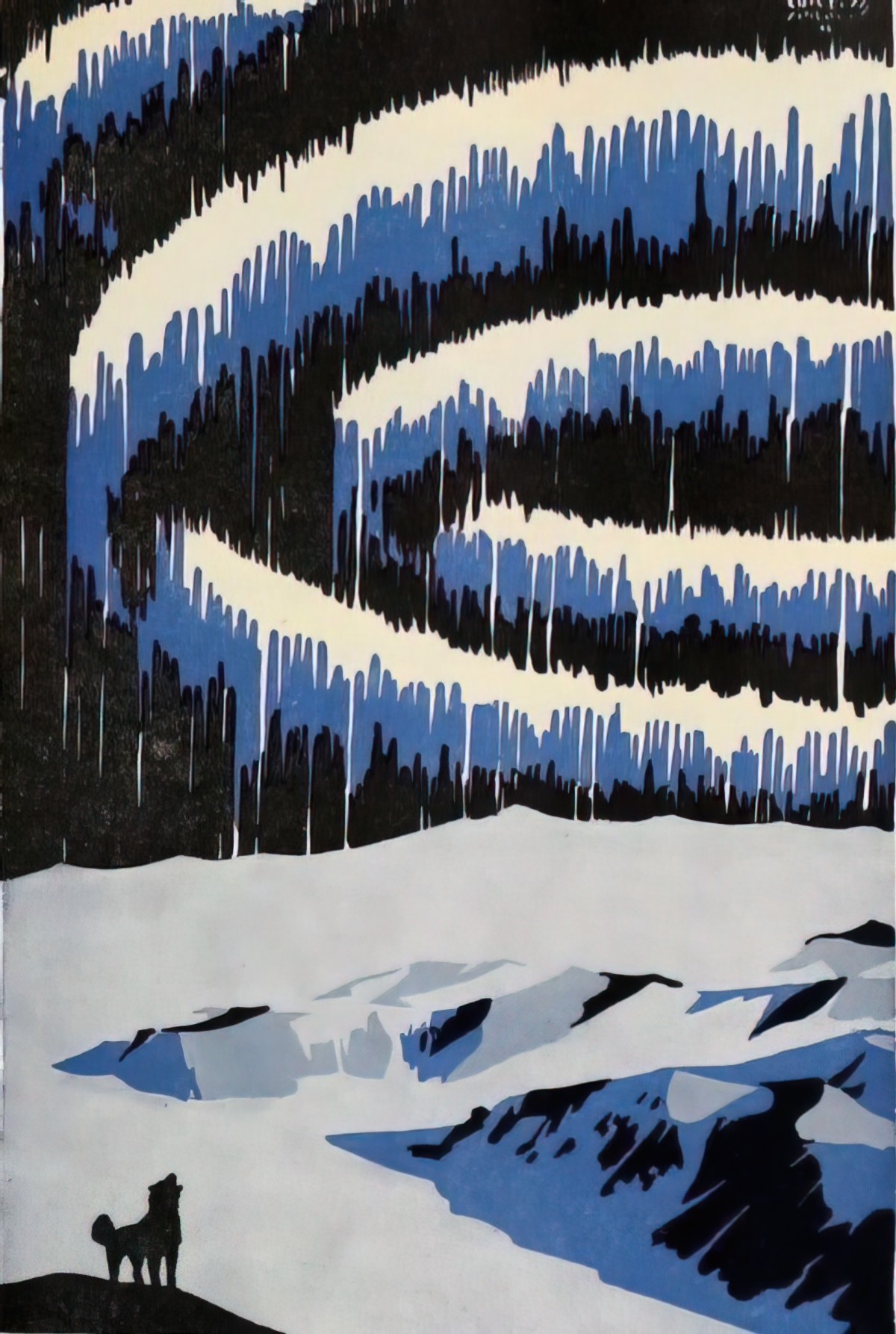
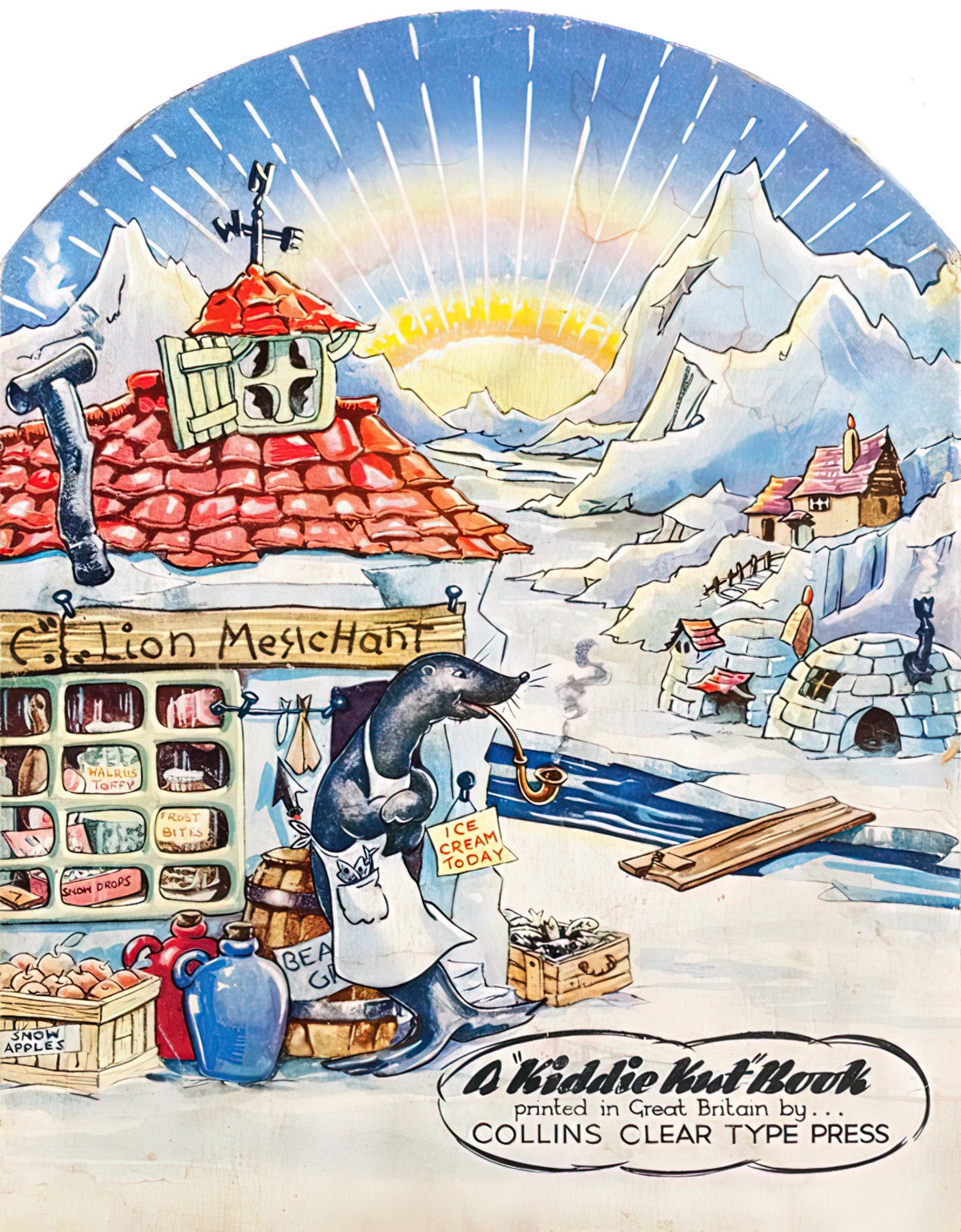
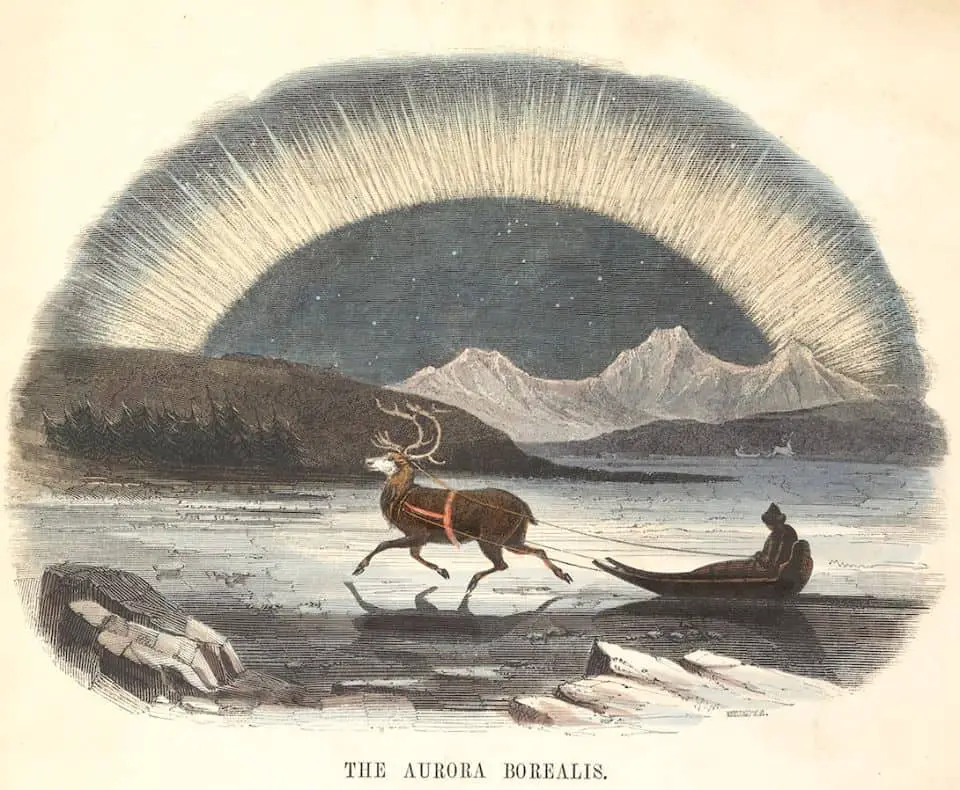
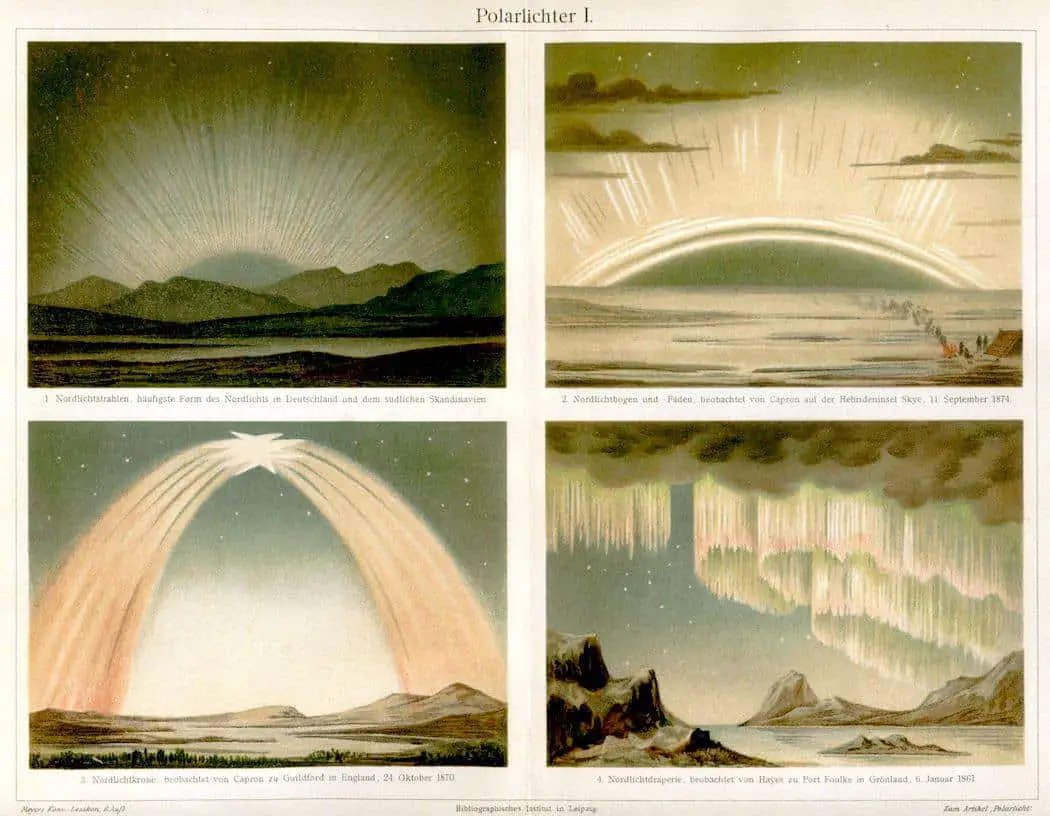
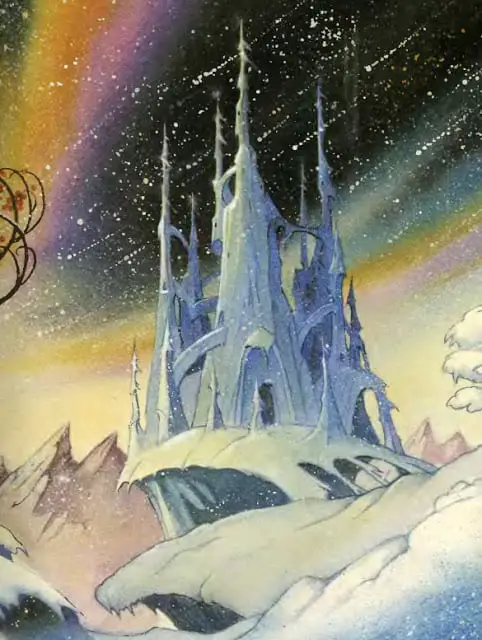
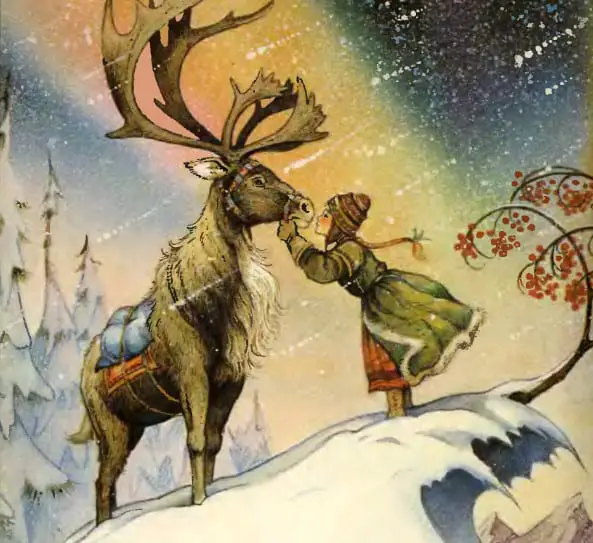
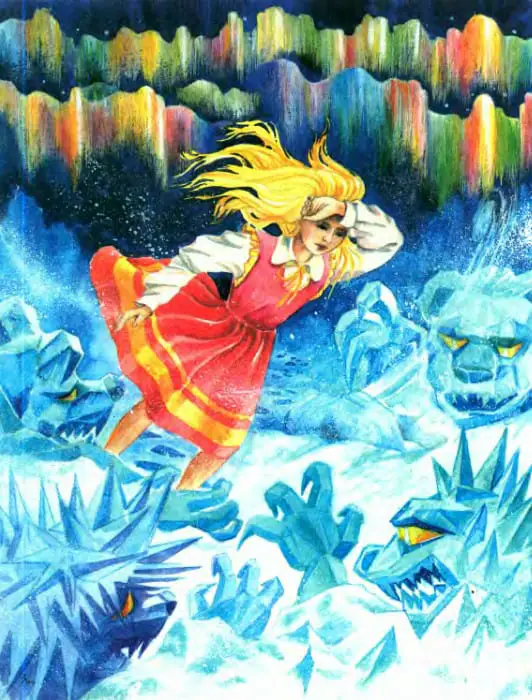
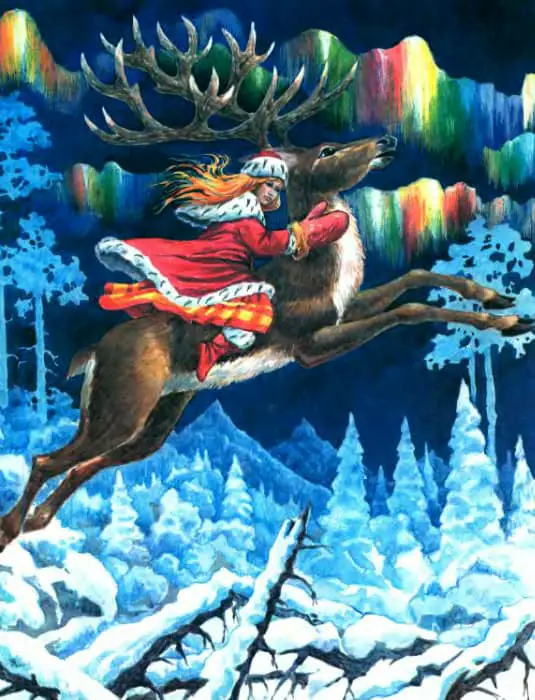
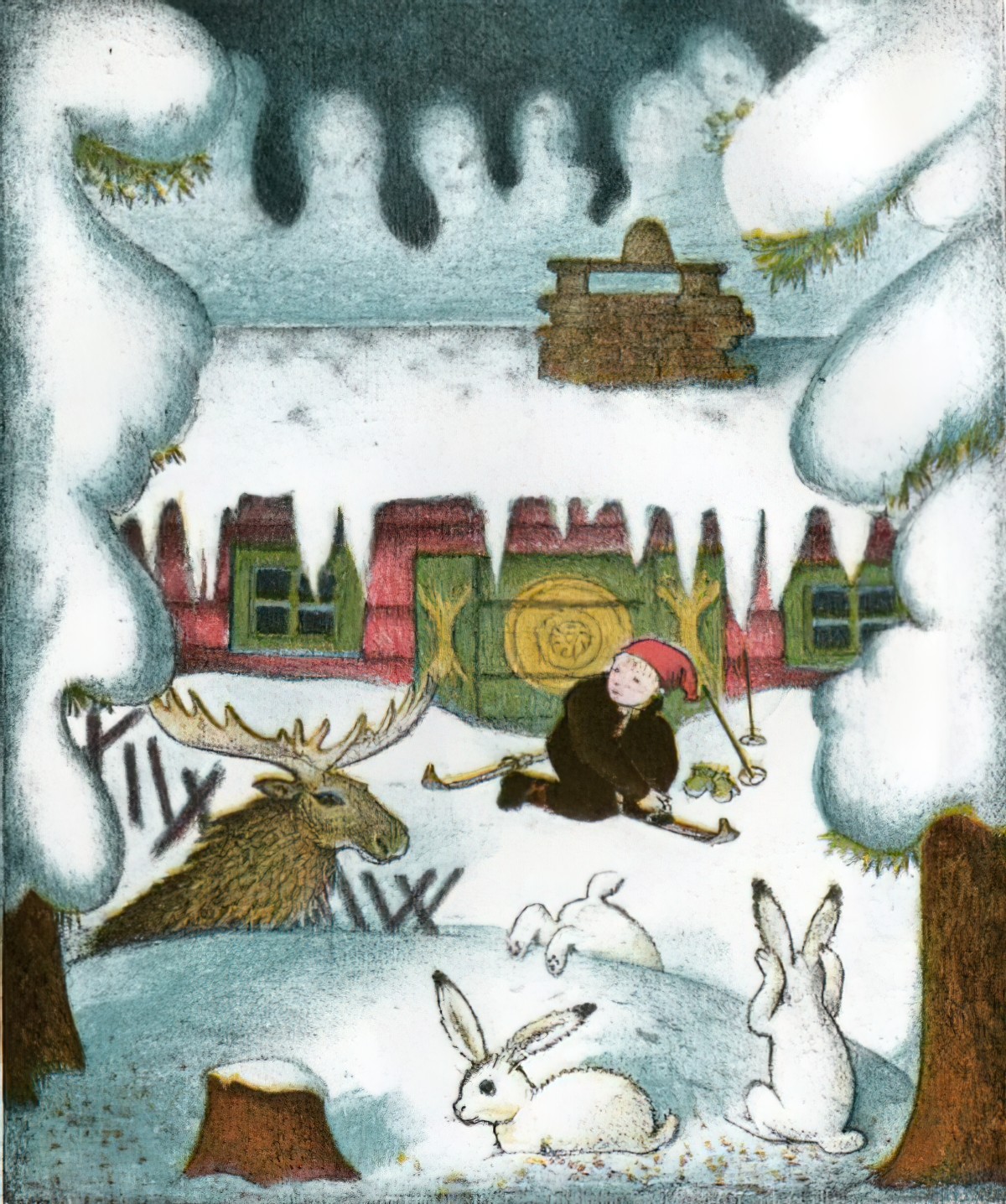
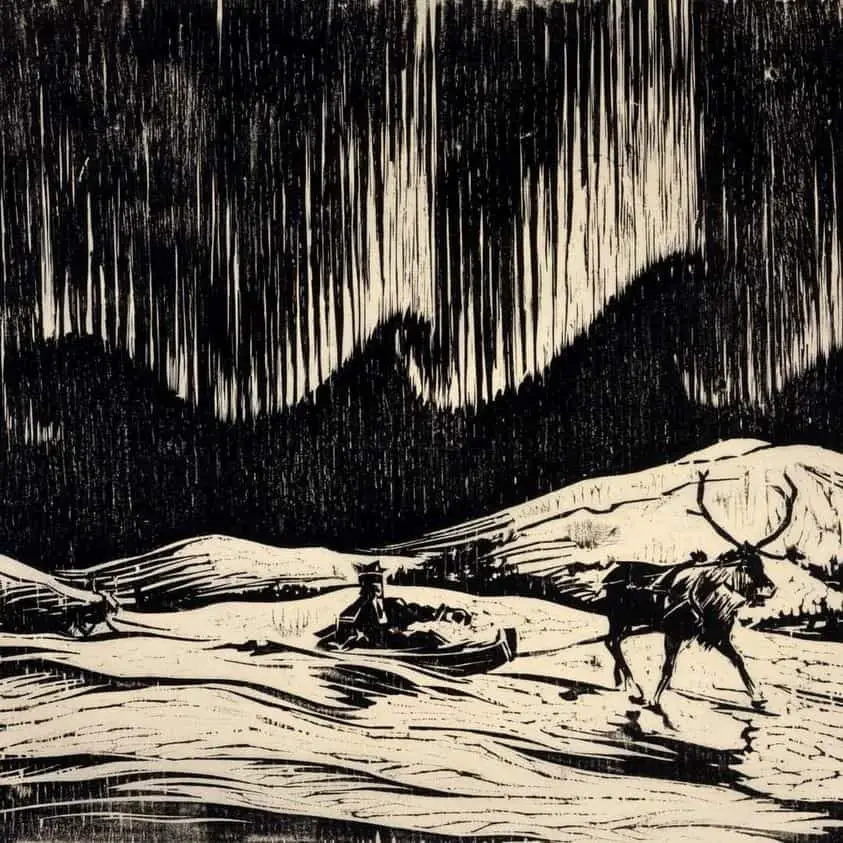
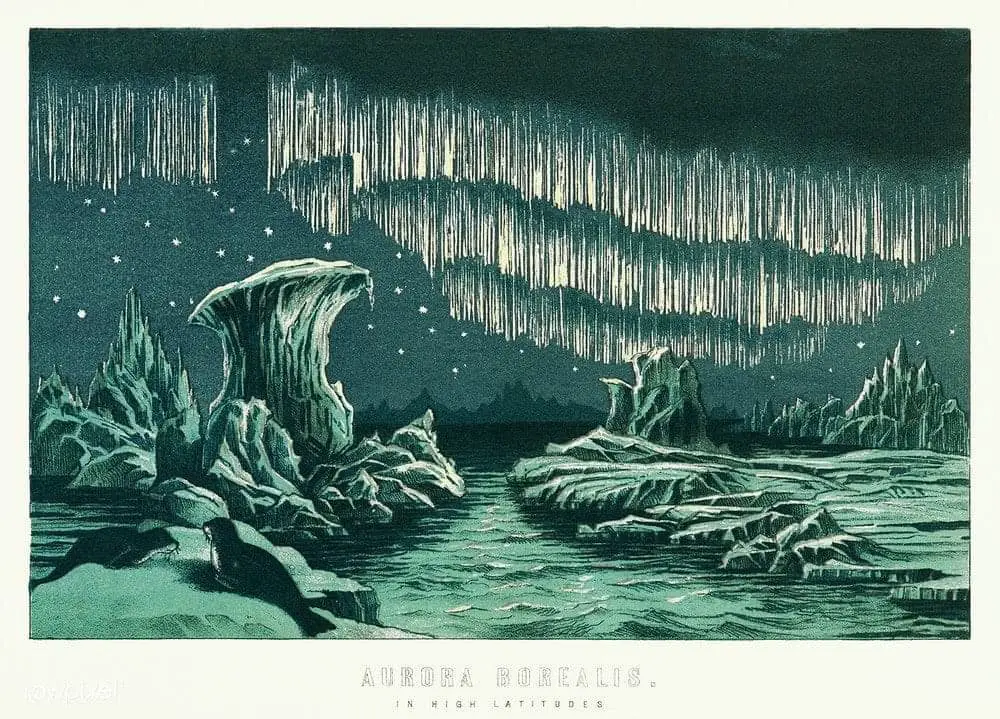
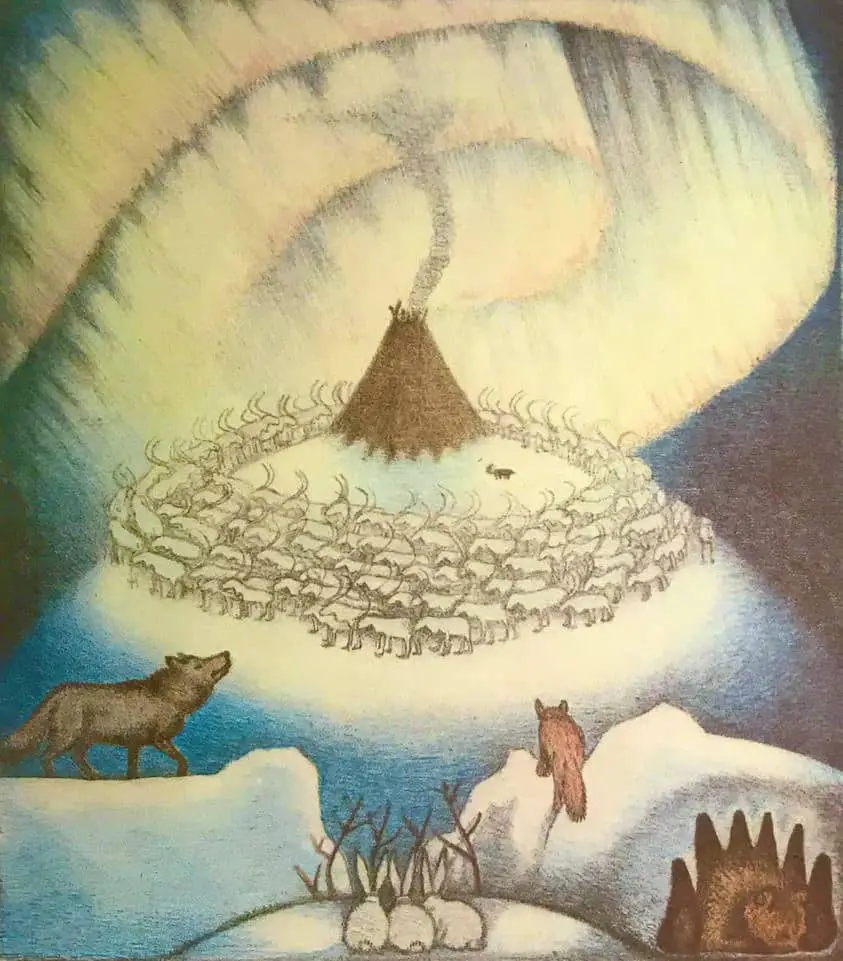
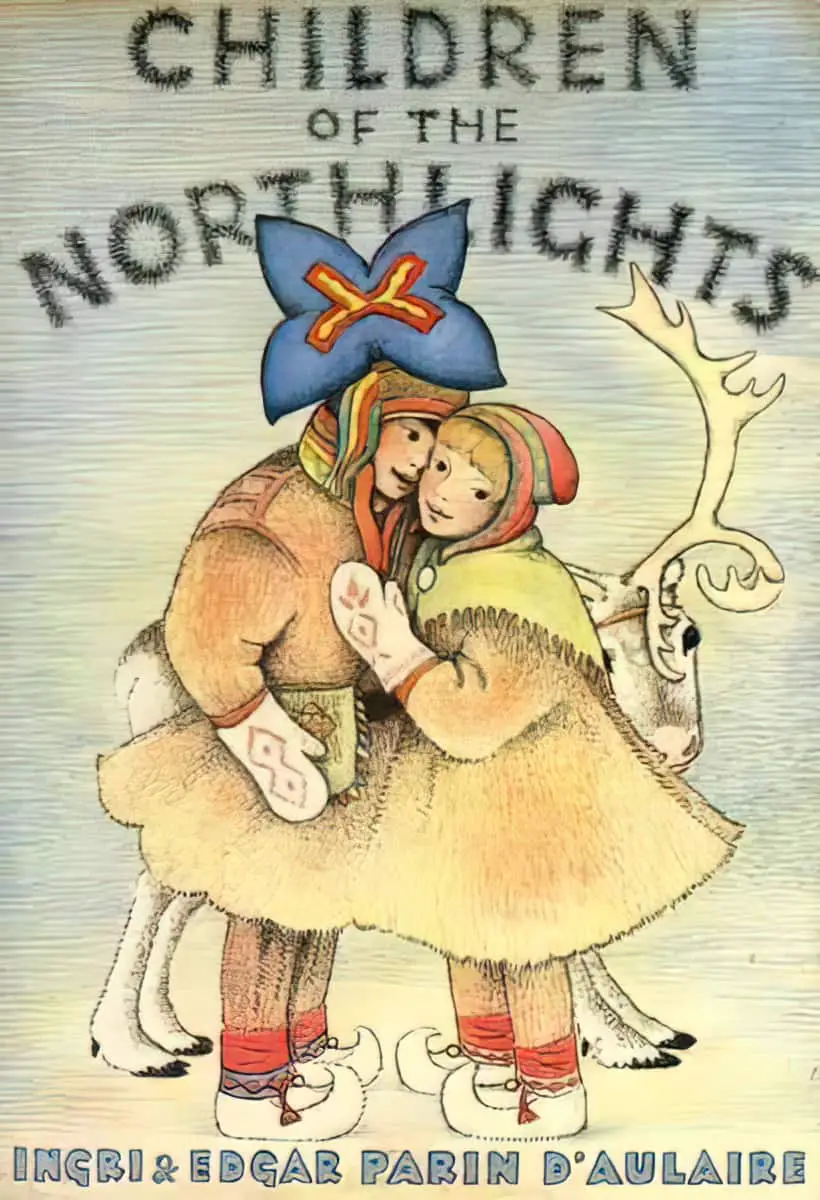
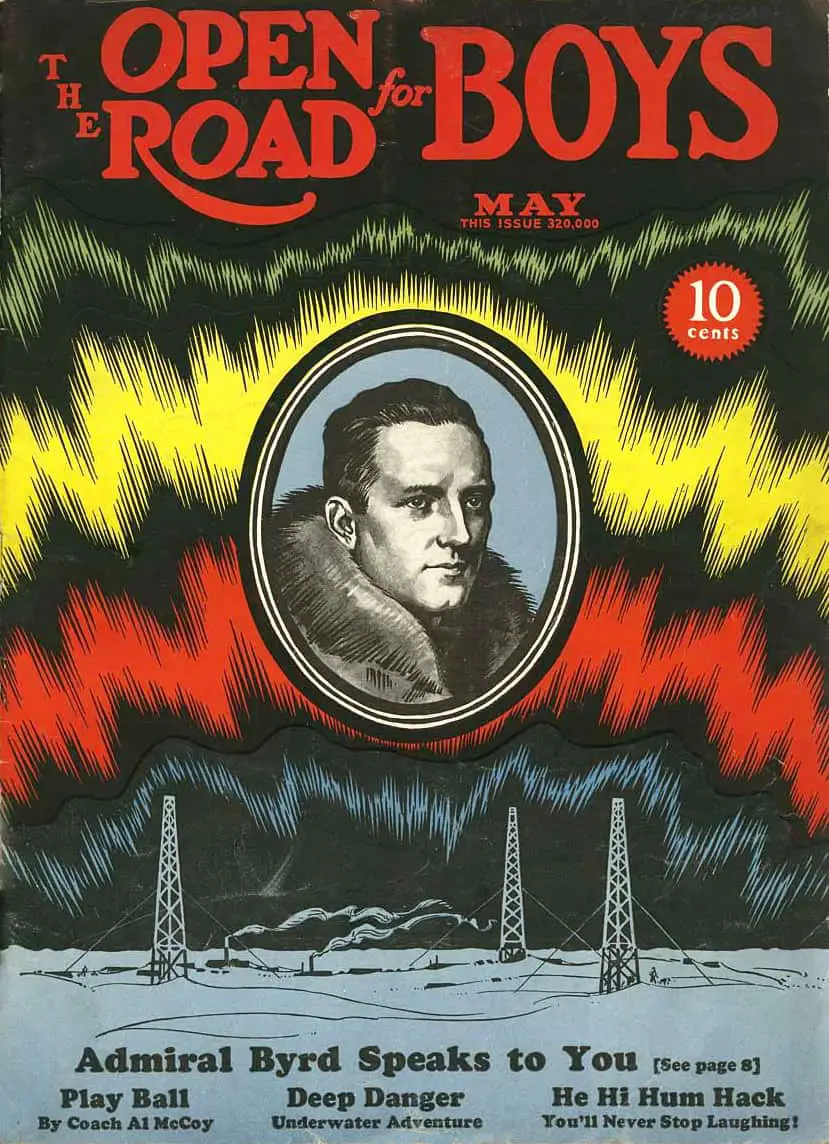
Explorations in the Icy North: How Travel Narratives Shaped Arctic Science in the Nineteenth Country
Harsh conditions, intense isolation, and acute danger inevitably impacted the making and communicating eighteenth-century scientific knowledge leading up to the first International Polar Year in 1882. In her new book, Explorations in the Icy North: How Travel Narratives Shaped Arctic Science in the Nineteenth Country (University of Pittsburgh Press, 2021), Nanna Katrine Lüders Kaalund demonstrates the instability of nineteenth-century scientific practices and the challenges of producing travel narratives about the harsh Arctic field by comparing an array of transnational arctic travel narratives, including British, Danish, Canadian, American, and indigenous perspectives. On their return to the metropole, explorers and their backers discovered that organizing and controlling perceptions of their venture became as tricky to navigate as the expeditions themselves. Noting the ambivalent relationship among religion, commerce, and scientific interests, Explorations in the Icy North examines tensions between the types of scientific results expected from exploratory missions based on differing focuses of trading companies and religious missions. Uncovering the transnational nature of Arctic exploration, Kaalund reveals how far beyond the metropole explorations and the narratives that followed ultimately influenced the understanding of field science, helping to establish Western perspectives about the arctic. While grappling with issues of institutionalization and professionalization of science, Explorations in the Icy North provides meaningful insight, explaining the need for research stations created by the end of the century while detailing the significance of public consumption of science through the lens of the travel narrative.
New Books Network
Header image: Ola (Northern lights) by Ingri and Edgar Parin D’Aulaire, 1932
